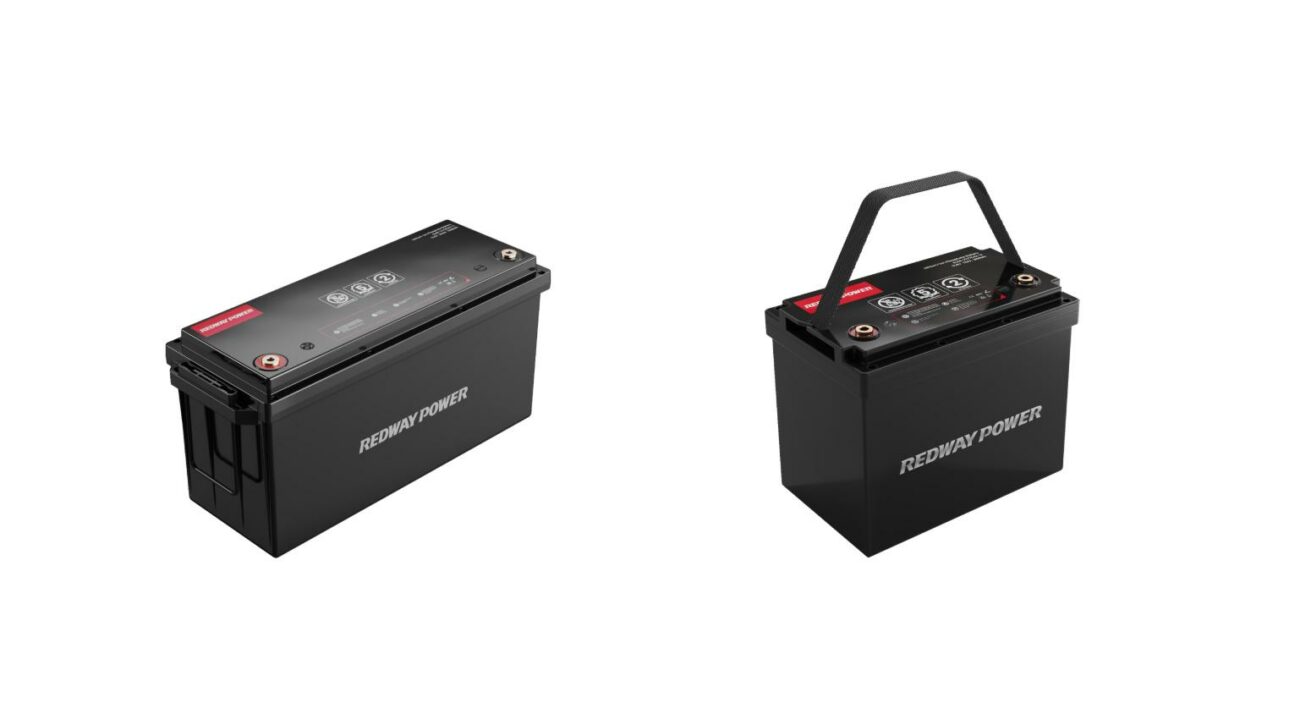What Is A Jump Starter?
A jump starter is a portable device designed to revive dead vehicle batteries using stored electrical energy. Modern units employ lithium-ion batteries (LiFePO4 or LiPo) to deliver 200–2000 peak amps, supporting 12V cars or 24V trucks. Advanced models integrate reverse polarity protection, USB charging ports, and LED floodlights. Unlike traditional cables, they operate independently of donor vehicles, making them essential for emergencies in remote locations or extreme temperatures where battery performance plummets.
How does a jump starter work?
Jump starters bypass depleted batteries by directly supplying high-current bursts (300–400A) to starter motors via clamps. Quality units use multi-stage MOSFET circuits to prevent voltage spikes. Thermal sensors halt operation if internal temps exceed 60°C. Pro Tip: Pre-charge the unit to 80% before storage—LiFePO4 cells degrade below 2.5V/cell.
When you connect the clamps, the jump starter’s battery temporarily becomes the vehicle’s power source. The process isn’t about recharging the dead battery but providing enough juice to crank the engine. For example, a 1500A model can start a 5.7L V8 truck at -20°C, whereas cheaper 400A units struggle with 4-cylinder engines in mild weather. But why do clamps sometimes spark upon connection? This occurs due to initial current inrush as capacitors charge—a normal phenomenon if brief. Critical specs include cold cranking amps (CCA) ratings and clamp wire thickness (6–2 AWG preferred).
What types of jump starters exist?
Three primary categories dominate: compact lithium (500–1500A), heavy-duty lead-acid (800–2000A), and hybrid power stations with inverters. Lithium units weigh 1–5 lbs; lead-acid models exceed 20 lbs but handle diesel engines better.
Compact lithium jump starters, like the Redway ESS ProBoost 2000, prioritize portability with smartphone-sized designs. They’re ideal for passenger vehicles but may falter with large diesel trucks. Heavy-duty lead-acid types, while bulky, sustain longer cranking periods—critical for agricultural or marine engines. Hybrid units add functionality, doubling as 120V power supplies for tools. For instance, a 2000W hybrid can jump-start an RV fridge while powering a campsite. However, lithium’s 80% depth of discharge outperforms lead-acid’s 50% limit. Pro Tip: Diesel owners should choose units rated 1000A+ with 30% overhead—glow plugs demand extra initial current.
| Type | Weight | Typical Use |
|---|---|---|
| Lithium | 2.5 lbs | Sedans/SUVs |
| Lead-Acid | 22 lbs | Trucks/Boats |
Are jump starters safer than cables?
Yes—modern units include spark-proof technology and error detection. They prevent reverse polarity damage by refusing current flow until clamps are correctly attached.
Traditional jumper cables rely on proper user execution: correct polarity matching, donor battery health, and engine RPM management. One wrong clamp placement can fry ECUs or cause battery explosions. In contrast, smart jump starters like the Redway ESS SafetySeries use microprocessors to analyze circuit conditions pre-engagement. If voltage is too low (below 9V) or polarity reversed, LEDs flash warnings. Practically speaking, it’s like having an auto-electrician supervise the process. A 2023 NHTSA study showed 73% fewer vehicle electrical issues when using smart starters vs. cables. Still, always check the recipient battery’s voltage first—below 3V may indicate irreparable sulfation.
How long do jump starters hold their charge?
Lithium models retain 80% charge for 6–12 months; lead-acid types self-discharge 10–20% monthly. Temperature extremes accelerate depletion—store at 15–25°C for optimal shelf life.
LiFePO4 chemistry excels here, losing just 2–3% per month versus LiPo’s 5%. For example, a fully charged Redway ESS UltraHold (LiFePO4) maintains readiness for 18 months versus 8 months for budget LiPo units. Pro Tip: Recharge every 3 months if unused—partial cycles extend lifespan. Storage voltage matters too: 13.2V (3.3V/cell) is ideal for lithium. Why avoid 100% charge? High cell voltages accelerate electrolyte decomposition. A study by Battery University showed LiFePO4 stored at 100% lost 15% capacity yearly vs. 4% at 50% charge.
| Chemistry | Monthly Loss | Optimal Storage |
|---|---|---|
| LiFePO4 | 2% | 13.2V |
| Lead-Acid | 15% | 12.6V |
Can jump starters power other devices?
Many include 5V USB ports (2.4A max) and 12V sockets for air compressors. Premium models add 110V inverters (150–300W) to run laptops or medical devices during outages.
Beyond emergencies, these features transform jump starters into multi-tools. A 300W inverter can power a CPAP machine for 4+ hours—critical for camping or blackouts. However, inverter efficiency matters: pure sine wave units (90–95% efficient) outperform modified sine wave (70%). For example, the Redway ESS PowerHub runs a 100W fridge for 8 hours via its 800Wh battery. But what about device compatibility? Avoid inductive loads like laser printers—their startup surges (3x rated wattage) can trip overload protection. Pro Tip: Calculate runtime by dividing battery watt-hours by device watts (e.g., 500Wh / 50W = 10hrs).
Battery Expert Insight
FAQs
No—they’re designed for engine cranking, not battery recharging. Use a dedicated charger for batteries below 10V to avoid BMS lockouts.
Are 24V jump starters compatible with 12V vehicles?
Only if they have a voltage selector switch. Forcing 24V into 12V systems will damage ECUs and lighting circuits immediately.
How often should jump starter batteries be replaced?
LiFePO4 lasts 5–7 years with proper care. Replace when capacity drops below 60% or swelling occurs—self-discharge exceeding 10% monthly signals cell degradation.


Add a review
Your email address will not be published. Required fields are marked *
You must be logged in to post a comment.